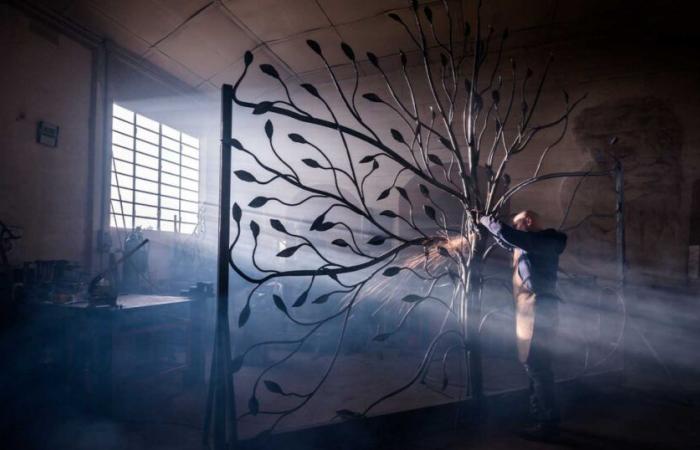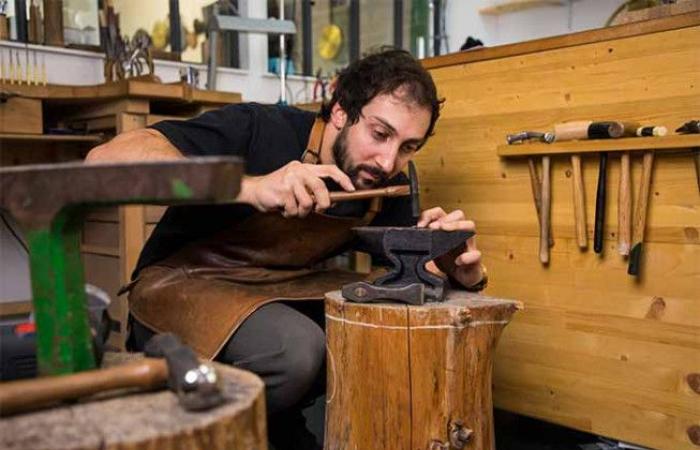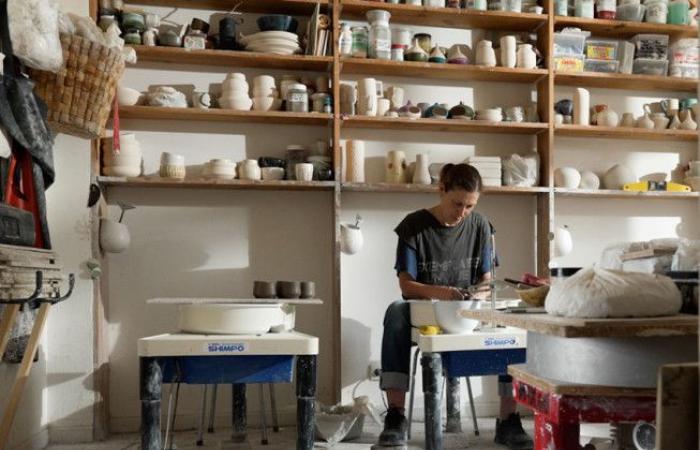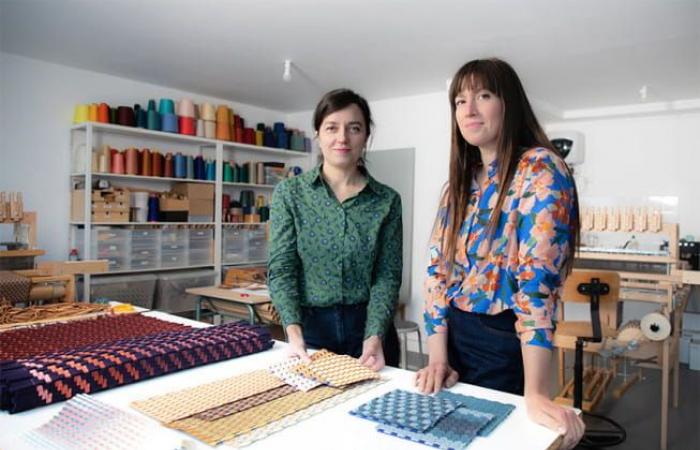The considerable figures revealed by a study published at the end of November on the artistic crafts sector mark a new stage in the recognition of these professions. Initiated in 2022 by the Institute for French Savoir-faire (formerly the National Institute of Crafts) and the Bettencourt Schueller Foundation, this study presents the results of a major survey launched in 2023. This approach is welcome for a sector whose diversity of players has always made identification difficult, both within the economic sphere and among the general public. Thanks to the data collected, the study makes it possible to identify the place of these companies in the French productive fabric and to highlight their strengths, with supporting figures, but also their weaknesses, in order to guide future actions.
Under the aegis of key players in the sector
The first spotlight was given in May 2023, with the announcement of a national strategy in favor of artistic professions by the Ministries of Economy and Culture. The latter joined other major players in the sector, including the Institute for French know-how, the Bettencourt Schueller Foundation, the Comité Colbert (which brings together luxury companies) and the Terre & Fils endowment fund, to pilot this survey, the second important initiative for the recognition of artistic professions. The Institute for French Know-How, which initiated the study, announced last April that it would be published in fall 2024.
An expanded definition of artistic crafts
It must be emphasized first of all that this study once again reshuffles the cards in terms of the definition of the sector, already well known for its fluctuating contours. If, during the last major survey carried out on the subject by the General Directorate of Enterprises in 2011, the turnover announced for the sector was 30 billion euros, the 2024 study estimates it at 68 billion. Likewise, in 2023, the Ministries of Economy and Culture mentioned 60,000 companies (compared to 234,000 companies listed in 2024) and 150,000 professionals (compared to 500,000 active people in 2024) for an estimated turnover of 19 billion euros. A gap which can be explained by the fact that the 2024 study included under the term “ crafts companies and exceptional know-how » structures where artistic crafts represent only part of their activity, or where “ the activity has evolved towards purely industrial production while retaining a heritage of know-how, a complex character and/or a historical anchoring » (around 119,300 companies).
A jeweler with a unique practice, Karl Mazlo combines new materials and new techniques © Guillaume de Roquemaurel
Recognition of a sector in its own right of the French economy
The public and private actors behind this study agreed to bring together all of these companies within a single sector characterized by “ mastery of gesture and technique allowing the transformation of matter » . They also recognized common development issues, such as transmission. The objective is therefore to extract these companies from the major areas of activity to which they are usually attached (textiles and clothing, furniture, construction, performing arts, printing and paper, etc.) to group them in this new sector. In the process of being defined since 2023, its affirmation should lead to the objective set by the national strategy in favor of artistic professions: to create by 2025 “ a strategic sector contract which will make it possible to deploy a major coherent and sustainable economic and cultural policy in favor of the arts and crafts ».
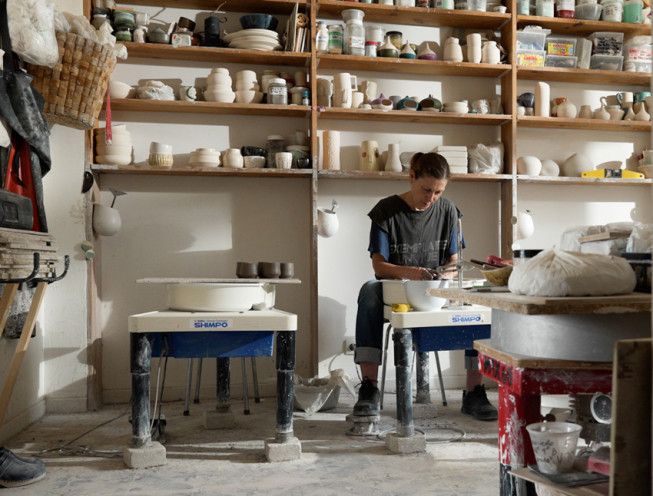
The ceramist Laure Sulger in her workshop in the 14th arrondissement of Paris, “Un Jour d’Atelier” © Guillaume de Roquemaurel
Thanks to this study, carried out with the technical expertise of Xerfi Specific, a specialist in sectoral and strategic studies, players in the sector can now rely on a quantified, solid and precise analysis. These results will serve as a point of comparison with future surveys, intended to be carried out according to the same model. The initiative of the Institute for French know-how and its partners takes the form of a long-term project, called “Les Éclaireurs”, which aims to follow the evolution of the sector and determine the impact actions implemented to support it.
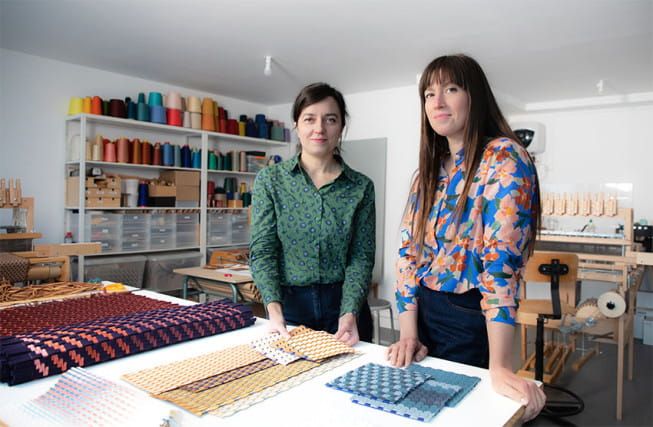
Lily Alcaraz and Léa Berlier reinvent the art of weaving by interweaving their threads with wood, felt, wallpaper, or leather © Guillaume de Roquemaurel
The weight of numbers
From this first study, the figures revealed have outlined a sector which does not have to be ashamed of these results, on the contrary. Several comparisons provided by the study bear witness to this. Unexpectedly, the turnover of the 234,000 companies it brings together surpasses the cumulative turnover of the pharmaceutical industry in France, with 4 billion more. They also contribute to national wealth with more than 34% average value added rate (i.e. the value of production minus intermediate costs, such as raw materials) compared to 28, 5% for the national average.

Gilding on glass, a specialty of the Bernard Pictet glassworks © Guillaume de Roquemaurel
The sector also stands out for its dynamism: more than 2 out of 5 employers had recruited in 2023 and 50 to 55,000 new jobs were planned for the year 2024. Micro-enterprises and SMEs in the sector are also more providers jobs than the average for national micro-enterprises and SMEs. Variations in the results should therefore be noted depending on the size of the company. For example, large companies generate 49% of their turnover from exports, compared to 4% for micro-enterprises. Another notable fact of the study is the strong territorial anchoring of the arts and crafts sector: 80% of companies have their head offices outside major cities. With strong local artisanal heritage, these companies are establishing themselves as important economic players in the region.

In the studio of Nadège Mouyssinat in Limoges, winner of the 2024 Exceptional Talents Prize awarded by the Bettencourt Schueller Foundation © Julie Limont for the Bettencourt Schueller Foundation
A fragile dynamism
With 38% of employees under the age of 35, compared to 32% for the national average, the dynamism of the sector is also reflected in its ability to attract young entrants to the job market. The phenomenon of retraining is added to this trend, since 4 out of 10 managers come from a professional retraining. But the study does not fail to underline, like many players in the sector, the challenge of transmission. Whether it is the takeover of a company or the continuity of know-how, several less encouraging figures are put forward. Nearly one in four managers is close to retirement age, while less than 20% of employers over 55 have initiated a transfer process.

The construction sites supervised byThe Acta Vista association (winner of the 2024 Parcours Prize awarded by the Bettencourt Schueller Foundation) combines training and catering © Julie Limont for the Bettencourt Schueller Foundation
Regarding training, it remains fragile since 63% of employing companies do not use apprenticeships. Even more worrying, 39% of respondents indicate that there is no diploma or certification for their profession. It is therefore not surprising to learn that when asked what was their main concern for the next two years, business leaders placed in first position the question of recognition and image of their jobs. A year and a half after the launch of the strategy in favor of the arts and crafts, it will now be relevant to confront the fragilities of the sector, now quantified, with the initiatives announced in May 2023.
Restoration of the Éclaireurs Studies

